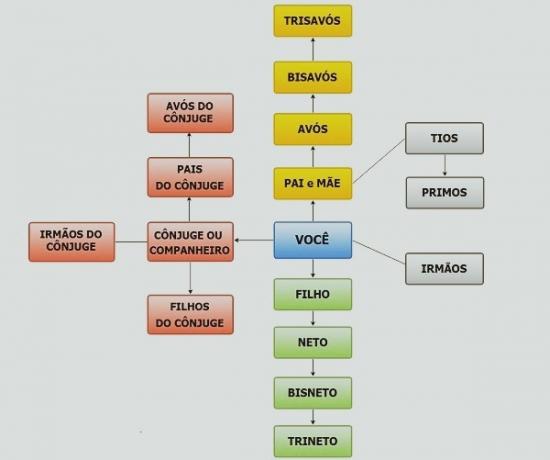When we go to make a recipe, most of the times we don't have in our kitchen the necessary equipment to measure each quantity of ingredient. So it is common to adopt measures based on basic utensils present in the kitchen, such as cups, glasses and spoons, which make equivalence of measures related to mass and volume, in addition to facilitating the preparation of recipes.
In all cases, measurements are presented in shallow quantities, that is, those where the ingredient is at the same level as the edge of the utensil used to measure it.
Solid and Dry Ingredient Measurements
For greater accuracy in measuring dry ingredients, such as flour, yeast, sugar and others, it is important to pass the product through a sieve to make the ingredient fluffier or without lumps.
In the case of solid fats, the ingredient must be removed from the refrigerator in advance so that they can be measured close to room temperature and when placing it in the measuring container, apply a small pressure to remove the air gift.
Below is the considered pattern of measurements:
| 1 cup of flour or wheat starch | 100g. |
| 1 cup (tea) of sugar | 130 g. |
| 1 cup of butter, lard or margarine | 140g. |
| 1 cup (tea) of powdered chocolate | 90g. |
| 1 cup (tea) of honey | 300g. |
| 1 tablespoon of lard, butter or margarine | 50g. |
| 1 tablespoon of sugar | 30 g. |
| 1 tablespoon of flour or cornstarch | 5g. |
| 1 tablespoon of powdered chocolate | 5g. |
| 1 tablespoon of honey | 18g. |
| 1 tablespoon of salt or yeast | 5g. |
Liquid Ingredient Measurements
To measure liquid ingredients, place the container on a flat surface and check the level at eye level. Below is the considered pattern of measurements:
| 1 liter (any liquid) | 4 cups. |
| 1 American cup (any liquid) | 250 ml. |
| 1 cup (tea) | 240 ml. |
| 1 spoon (soup) | 15 ml. |
| 1 teaspoon | 5 ml. |
| 1 spoon (coffee) | 2.5 ml. |
Equivalence Measures between Liquids and Solids
Measurements can also have different measurement standards for solids and liquids to be equivalent. Below is the pattern of equivalent measurements between liquids and solids respectively:
| 1 liter | 1000 ml | 4 cups. |
| 1 american cup | 250 ml | 16 tablespoons + 2 teaspoons. |
| 1 cup (tea) | 240 ml | 16 tablespoons. |
| 1/2 cup (tea) | 120 ml | 8 tbsp. |
| 1/3 cup (tea) | 80 ml | 5 spoons (soup) + 1 spoon (tea). |
| 1/4 cup (tea) | 60 ml | 4 spoons (soup). |
| 2/3 cup (tea) | 160 ml | 10 spoons (soup) + 2 spoons (tea). |
| 3/4 cup (tea) | 180 ml | 12 spoons (soup). |
| 1 spoon (soup) | 15 ml | 3 teaspoons. |
| 1 teaspoon | 5 ml | 2 spoons (coffee). |
| 1 spoon (coffee) | 2.5 ml | 1/2 spoon (tea). |

